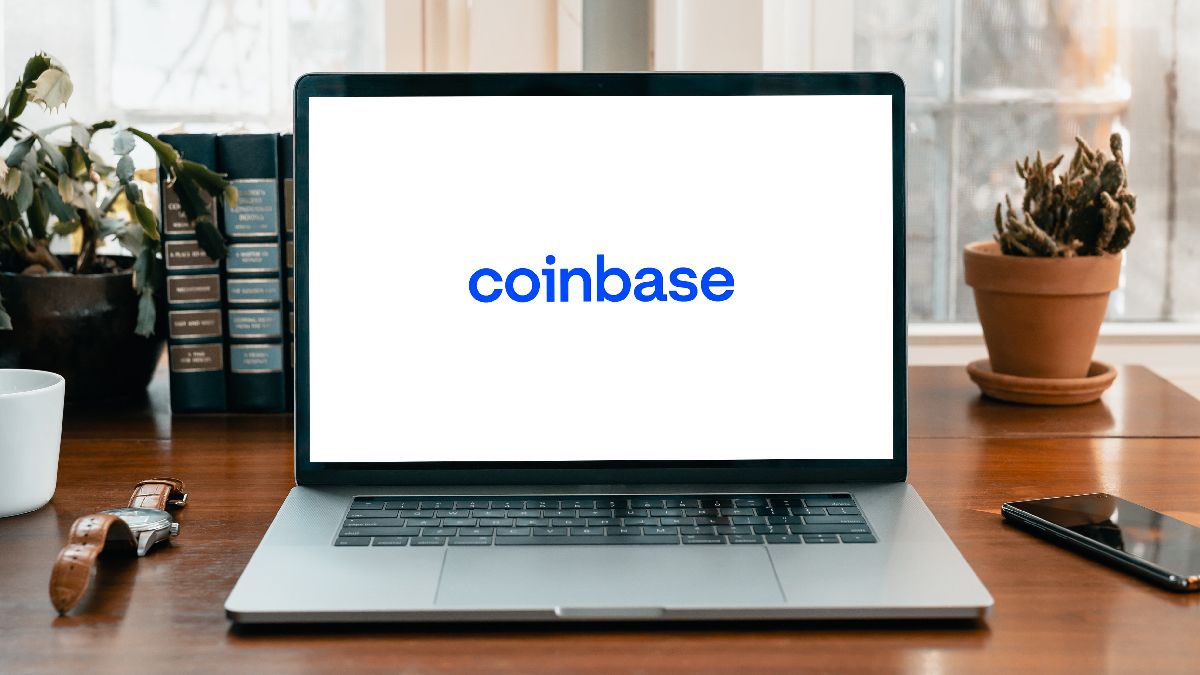India’s eRupee CBDC, that is presently in its advanced trial period, is reportedly facing decline in terms of its usage. Citing sources familiar with the matter, a Reuters report has claimed that CBDC transactions that had hit the mark of one million transactions per day in December 2023, has dropped to just around 100,000 daily transactions as of now. However, neither the finance ministry nor the Reserve Bank of India (RBI) has accepted or denied Reuter’s report.
What’s leading to eRupee’s decline?
The eRupee CBDC is being developed and tested by the RBI. In 2023, when the CBDC reached its advanced trial phase, the banks assisting the RBI in the eRupee trials decided to get creative with promoting its use amongst their individual as well as retail customers.
In January 2024, multiple banks operating in India started disbursing funds related to employee benefit schemes — directly into employees’ CBDC wallets, instead of their salary accounts. This move was aimed at spiking the availability and use of the eRupee. The banks that practiced this included HDFC, Kotak Mahindra Bank, Axis Bank, Canara Bank, and IDFC First Bank.
As per the Reuters report, these banks have now withdrawn this initiative leading to a drop in eRupee usage. “A lack of organic demand to use the e-rupee is evident,” the report quoted sources familiar with the matter as saying.
What is the current status of the eRupee?
The RBI, last year, had been directing banks to push the usage of the eRupee in order to test the flexibility of this system. At the time, Sharat Chandra, the co-founder of India Blockchain Forum had said that, “compensating employees using the CBDC is a good step.” In May this year however, reports about the wholesale circulation of the eRupee dropping, made it to the headlines.
While the banks are no longer distributing salaries amongst employees in the form of eRupee, the RBI has hinted at its future plans to increase the CBDC use amongst the masses. For instance, the Apex bank recently said it was going to start circulating the digital rupee through payment system operators who are not part of the banking system – like Google Pay and PhonePe. While this plan was spoken about in May, the CBDC option has not yet rolled out on these UPI payment apps.
The RBI is also looking to add an offline payments feature to make it usable for those in areas of low Internet connectivity.
Efforts are underway to make the CBDC compatible with existing UPI QR codes, providing people with a familiar method to use the eRupee for daily transactions. Currently, the CBDC has not yet seen widespread use in India, and it remains uncertain when the future of this technology will become clear.
A CBDC or a Cental Bank Digital Currency is a virtual representation of a fiat currency, supported on blockchain instead of traditional servers. A CBDC has several elements resembling cryptocurrencies like quick transactional speed, enhanced privacy, and maintaining permanent transactional records. Unlike cryptocurrencies, however, CBDCs are issued and regulated by central banks.
India launched its CBDC with the trial phase starting in November 2022. Since then, the eRupee has been tested continuously in retail environments.





